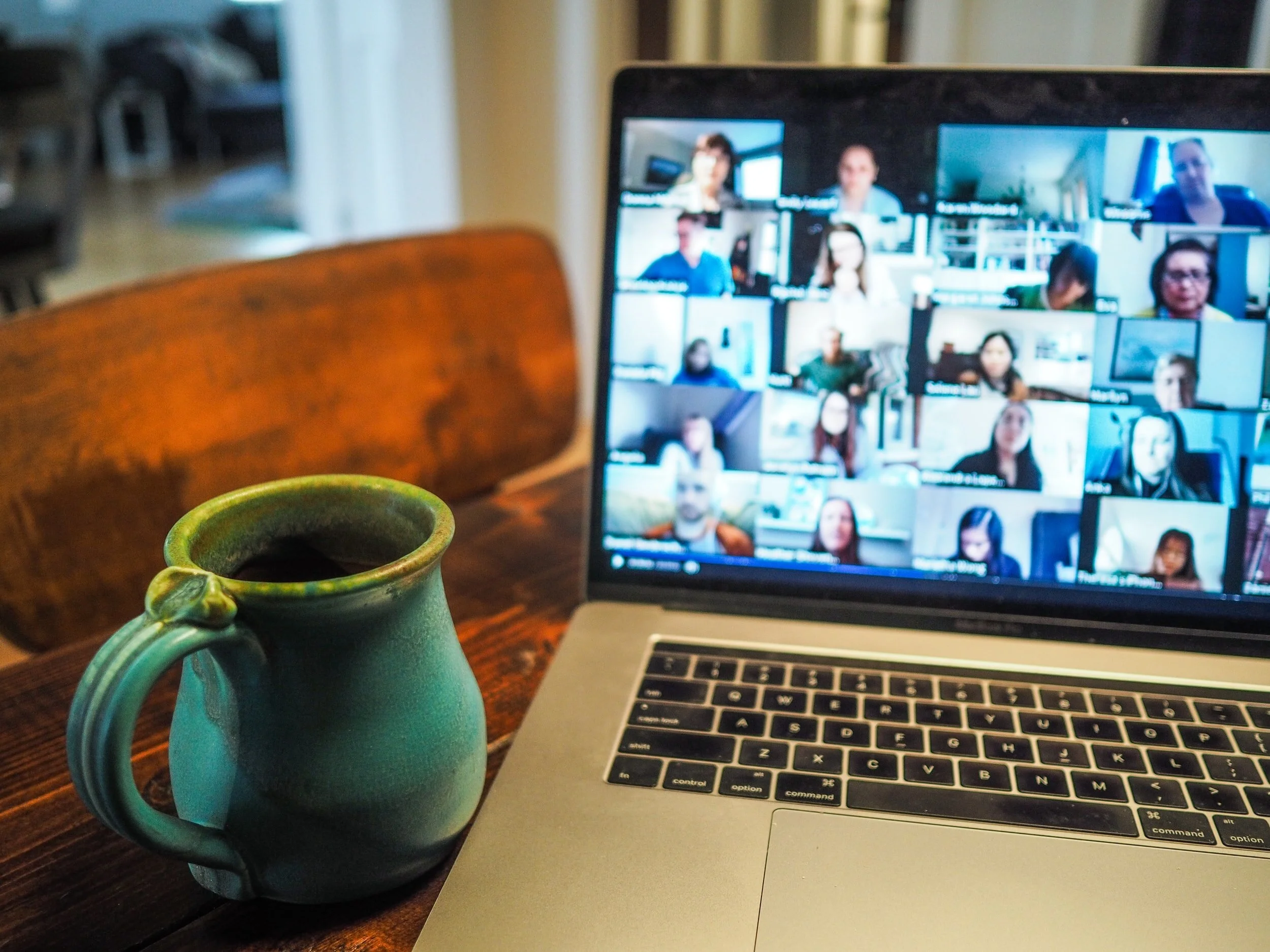Video calls 101: are you doing it right?
As it turns out, commanding a room isn’t the same as commanding a Zoom. The home office is in no way the same as the actual office, and excelling during video meetings can be tough, as flair and charm translate very differently though the screen than in person.
But that doesn’t mean you should sit back and zone out; we’re here to help you work on your “e-charisma”, a skill which uses a completely different set of skills.
Start with the basics
How many calls have you been on where the host is late, the connection cuts out or the background noise is too much to bear? It’s frustrating, right!
That’s why making sure you have a clean, quiet environment, with an uninterrupted connection, is an essential requirement for you to excel in meetings so that the focus can be entirely on you. The key basics are:
Test your computer, camera, microphone and connection ahead of the meeting
Login to the meeting several minutes before the scheduled start time
Double-check what’s behind you as well as your own appearance (with both, the simpler the better)
Call from a quiet location with limited background noise
Be aware of your behaviour: remember, you can be seen at all times
E-social distance
Would you sit face to face with your colleagues in the office? No, of course not because maintaining relevant personal space is an important part of professionalism.
Rémi Larousse, citing the research of Stanford University professor Jeremy Bailenson, explains that “being on a video conference is like having a conversation with a person sitting 2.1 m away from you. This requires sitting or standing farther away from your computer screen so you’re showing your upper body to the audience.”
It’s also good to remember that human communication is roughly 55% in body language, 38% in the tone of voice, and 7% in what is actually said. So in sitting back from the webcam and making your arms and hands visible, you’re able to convey a lot in terms of body language.
Eyes on the prize
No one wants to see up your nostrils, not only is it no pleasant, but it’s also menacing (fun fact: James Whale, director of the original 1931 Frankenstein movie, filmed the monster from below to make it appear more intimidating).
Our experts agree, stating that direct eye contact is the best way of building a connection and bossing your meeting. In order to do this, place your laptop on some stacked books so that the camera is at eye level.
Lights on, time to shine
No one will be able to take you seriously if you’re hidden in the dark, as your facial expressions are essential in helping you make your point. In fact, we’re very often guilty of having “shady face”, a term coined by photographer Larry Becker. This is when half your face is shaded or blocked in some way. He recommends having one steady lamp pointed directly at your face to ensure even, steady lighting.
This means you should also avoid sitting with your back to the window, as the camera will open wider to absorb all the light, making you into a silhouette. Instead, face the window, which will illuminate you in a soft, people-pleasing light.
Less is more
Contrary to most situations, you need to make your surroundings as plain as possible. Why? Again, you want people focusing on your face and not what's behind you.
Books, trinkets, photos, these are all things that other people will inevitably take a look at, often at the expense of listening to your point. Connected to this: please don’t use a pre-fabricated Zoom background! By concealing things (i.e. your space), you raise subconscious questions of trust and can remove people’s confidence in you.
We suggest you keep it plain and simple! Blank walls, perhaps with a piece of art to add a splash of personality without being too distracting.

